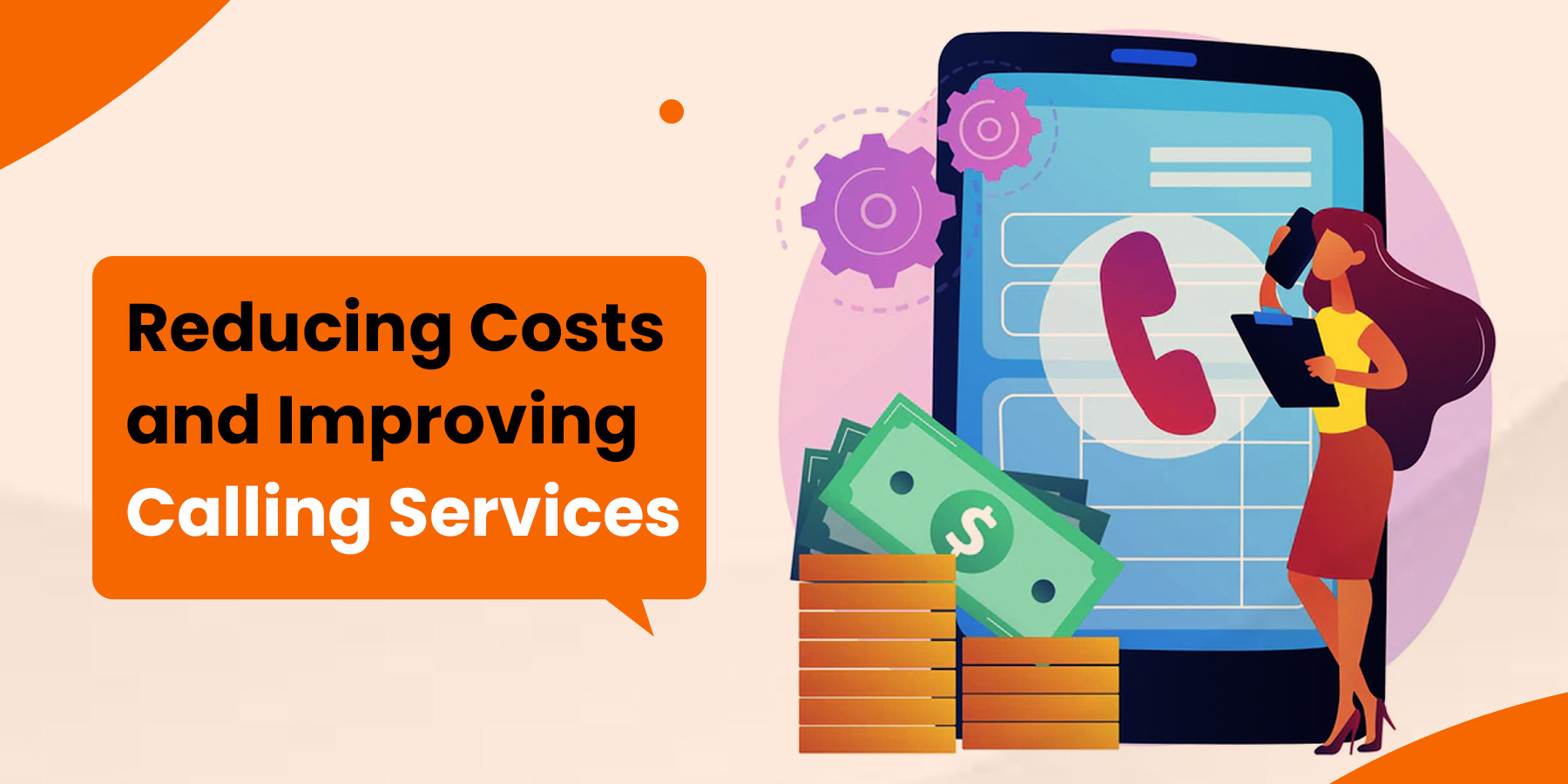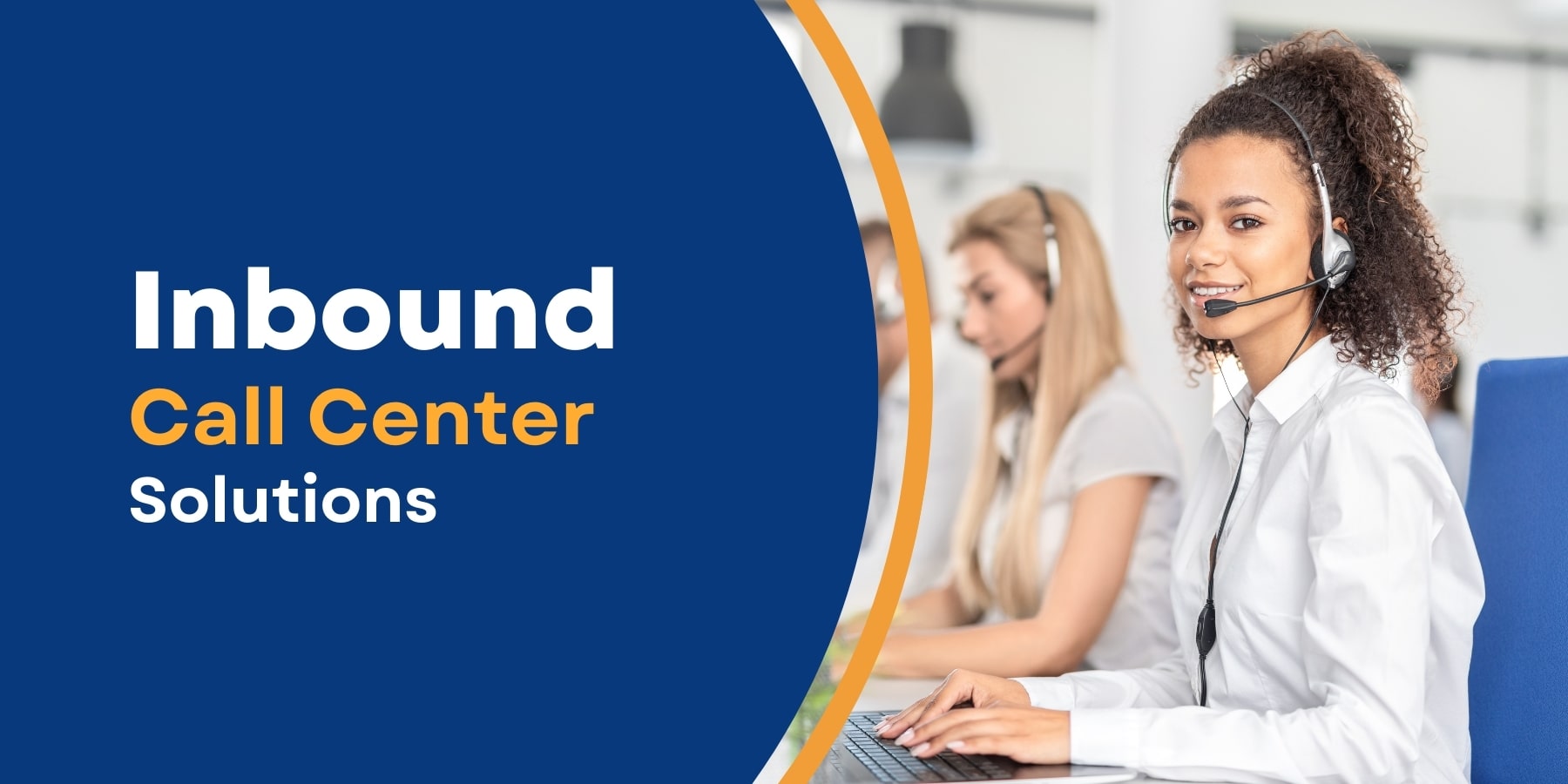Customers expect high-quality service and quick response times in today’s fast-paced business world. Inbound call center outsourcing and inbound call center services can help you meet these expectations while reducing costs. This blog post will explore X strategies for achieving this balance. From streamlining processes to outsourcing to the right inbound call center company, these strategies will help you make the most of your inbound call centre services while keeping costs under control.
Whether you’re just starting to explore inbound call centres or looking to improve an existing program, this post is for you. So, let’s dive in and discover how you can enhance the quality of service and reduce costs through inbound call center outsourcing and inbound call center services.
The Most Effective Call Center Cost-Optimization Techniques
Contact center leadership should concentrate on three crucial areas that have been shown to optimize call center expenses over time while enhancing CX efficiency.
1. Methods for Decreasing Call Volume
Reduce Incoming Requests with Self-Service
Determine the three to five problems that cause most of your incoming customer contacts. These are frequent requests for help with routine, straightforward actions like using a gadget, resetting a password, or doing basic troubleshooting. By allowing customers to assist themselves, self-service channels can be implemented to lessen the volume of these requests without sacrificing service quality. Self-service options include conversational AI assistants, extensive FAQs on the company website, and educational hold messages. In addition to relieving work-related stress for employees, call centers save a lot of money.
According to the Harvard Business Review, the average cost of a live service engagement is between $7 and $13, while the cost of each self-service transaction is minimal. Another way to save cost is through inbound call center outsourcing, which allows for the use of inbound call services and inbound calling services provided by a specialized inbound call center company that focuses on inbound call centre services and inbound call centres. 90% of respondents in a Microsoft survey said they expected businesses and organizations to provide a self-service option, and customers will seize the chance to assist themselves.
Better FCR Can Reduce Second-Time Calls
One of the most important KPIs for measuring a call center’s productivity and level of customer service is first contact resolution (FCR). The overall cost of offering support falls as FCR rises, and consumers are less likely to need to call back with the same problem. A call center’s operating costs are reduced by 1% for every 1% increase in FCR, claims research, and consultancy firm Service Quality Measurement Group.
Additionally, a significant factor in customer discontent is failing to address a customer’s concern swiftly. According to a recent study, customer satisfaction (CSAT) scores are 35–45% lower for customers who must make a second call about the same issue.
Reduce the Need for Follow-Up by Preventing the Next Issue
The customer service division of a business uses the key performance indicator (KPI) next issue avoidance (NIA) to gauge its success in anticipating and averting problems linked to the present case in the future. It predicts future issues the consumer will likely face by thinking laterally and making data-based predictions, brainstorming, and everyday sense-based decisions.
Given that 40% of all calls are considered “next issues” after first interactions, spending a few more minutes with clients at the end of a conversation could prevent the contact center from having to handle multiple time-consuming calls in the future.
By spending an extra 15 to 30 seconds to warn the client, companies that practice next-issue avoidance drastically lower the risk of another 3- to 5-minute phone conversation (with an angry customer, no less).
2. Methods for Maximizing Time
Enhance AHT with Knowledge Bases
Average Handle Time (AHT) is a conventional contact center KPI that gauges the typical length of a conversation between a customer service representative and them. As it enables agents to handle more calls during a shift, maintaining a low AHT is linked to call center cost optimizations. According to the McKinsey Global Institute, the average agent spends roughly 20% of their time locating the information they require on internal systems or requesting assistance from coworkers with specific tasks. Develop a solid knowledge base and utilize cheat sheets that detail unique handling techniques to enable quicker resolutions to increase AHT.
An intelligent search capability can help a contact center knowledge base learn overtime to give the most relevant results for each search query.
Improve New Hire Training with Clearly Delineated Workflows
Ensure all your contact center employees have the skills, resources, and training necessary to handle customers’ demands effectively. This begins on the first day of employment. Assuring new hires are entirely aware of best practices, and optimum workflows will help them perform their duties effectively, reduce the number of issues that need to be escalated, and lower the cost per call. Numerous strategies, including teamwork, gamification, visual aids, and whisper coaching, can fill up skill gaps in individual agents while increasing cost and time effectiveness.
Improve Resolution Speed with AI-Powered Agent Support
In practically every business during the past ten years, customer service departments have emphasized investing in artificial intelligence (AI). Since many AI-based platforms provide real-time help during client contacts, agents are relieved of the stress of recalling workflows, troubleshooting procedures, and rules. For instance, AI platforms can offer proactive knowledge suggestions while an agent is on the phone or chatting with a customer.
These recommendations frequently display as pop-ups and provide agents with helpful information that enables improved client help without requiring manual searches or prolonged wait times. Another way to reduce call center expenses is through inbound call center outsourcing, which allows for the use of inbound call services and inbound calling services provided by a specialized inbound call center company that focuses on inbound call centre services and inbound call centres. When staff members have access to these resources, call center expenses are reduced since agents can handle problems as soon as feasible.
3. Methods to Improve Staffing
Increased Agent Use
The percentage of an agent’s whole shift spent on call-related activities is measured by the fundamental KPI known as agent utilization. It excludes time spent on team meetings, after-hours work (ACW), and other administrative chores that are not directly related to providing customer service. By maximizing agent usage, your business can do more with fewer team members, boosting productivity and profitability while lowering cost per contact and controlling operational costs.
The use of video-based assistance, increasing agent engagement, rewarding performance, streamlining processes, and optimizing software are just a few of the methods contact centers can utilize to increase agent utilization.
Improve Performance by Motivating Your Team
The secret to creating a high-performing and effective service organization is ensuring the firm’s agent is in the best possible position to support a successful engagement. Finding strategies to keep your agents engaged and driven to be successful in their work helps improve the call center’s culture and, ultimately, lessens agent attrition, a significant drain on the company’s resources. By switching around the scripts or the location of the desk, for instance, monotony can be reduced. Agents can be given different channels, including voice, email, chat, and social media. Gamification, incentives, or cutting-edge technology that improve agents’ capacity to handle problems and interact with clients can all be used to motivate employees.
Use Automation to Increase Your Force
Numerous contact center operations have been impacted by digital transformation. A Forrester report discusses how AI trends are changing the responsibilities of contact center agents by providing them with the tools they need to be successful. Automated processes make routine, time-consuming tasks more accessible, such as sending follow-up emails after every contact or having information automatically populate on specific displays. Using AI to analyze agent availability, business hours, and other rule-based characteristics to guarantee no gaps in agent coverage, automated scheduling reduces time-consuming management tasks, boosting productivity and reducing expenses.
Measuring Success
Call center cost optimization strategies are essential, particularly at this time, but whether financial objectives are met by lowering call volume, assisting agents in resolving customer issues more quickly, or making sure staff is used as efficiently as possible, the change must be continuously evaluated to ensure ongoing positive results. Staff can provide feedback regularly, and agents are well-positioned to identify difficulties or obstacles to success.
One way to optimize cost is through inbound call center outsourcing, which allows for the use of inbound call services and inbound calling services provided by a specialized inbound call center company that focuses on inbound call centre services and inbound call centres. To further guarantee that the change has not negatively affected contact center KPIs and has optimized contact center costs while improving customer experience, agent and team performance levels will be regularly monitored.






